
 |
A first look at the MSI P55-GD80 It's not really a scoop since the enthousiast forums are already filled with pictures and even performance results of the new Intel LGA1156 platform. So, since everyone else is doing it, so should we! Today, we have a quick look at what the MSI P55-GD80 has to offer and ... yes, some performance results. Introduction As the extract of the article already says: the world sees more and more of the new Core i5 platform. On different overclocking fora, I notice that the number of results is increasing rapidly and that more and more motherboards are shown. Even in the different international media, you see motherboards being shown. So, this time it's Madshrimps' time to show its first i5 platform. MSI was so kind to send us the Msi P55-GD80 motherboard, including an LGA1156 processor. After having spend a couple of days exploring the system, here are the initial pictures and results. Picture time First of all, we did not recieve the motherboard in its full retail package, so it's possible that there will be some minor changes to the final version of the PCB. Now, let's have a look at the motherboard. The black and blue design is in line with the previous generation of MSI motherboards, the Eclipse SLI and AM3 GD70 for instance. In my opinion, it looks quite nice actually. Around the LGA1156 socket, we find a 10-phase PWM design for the cpu. A bit less than what Asus has in mind, but it should be more than enough to give a bit of overclocking headroom. Also, notice the new way of fixing the processor to the socket. Personally, I like the LGA775/1366 method more, because it gives the impression of being more solid. External IO connectors; not that innovative here, but everything you need is available. For those panicking because there are no startup and reset buttons, look again. Msi decided to remove the buttons and implent touch-panel buttons instead. It's actually quite cool to use, although it's possible that if you touch the panel by accident, you shutdown your system. Above the touch panel, we final a series of buttons which are more for the overclockers under us. From left to right: CLR CMOS, OC Genie, Debug leds and BCLK adjustment tools. When the boot process is completed, the debug leds change to temperature indicator; quite handy for when on air cooling. The BCLK adjustment tools are quite similar to what Asus has with the Tweak-It utility: on-the-fly overclocking. This is quite similar to what we already saw on the 790FX-GD70, but this time there are two buttons instead of one. The functionality works quite well, I must say! This is the IC that controls the OC Genie function. Basicly, the OC Genie is an overclocker integrated on the motherboard: it searches for the most optimal settings for your configuration. Note that it won't indicate the highest stable overclock, but it does help you figure out the initial limits of your configuration. This may be one of the best additions to the MSI motherboards, at least for the real enthousiasts. The V_check allows you to measure the voltage of the cpu, imc, dram and pch on the fly and with the dip-switch next to it, you can increase the voltage. This might come in handy when certain subtests of a benchmark require more voltage for a certain frequency. First the technology ... I presume most of the readers will have jumped to part directly to find a bunch of figures indicating the performance of the i5 platform, including the overclocking results and if possible compared to C2Q and i7. Sadly enough, I'm afraid that I'll have to disappoint most of those readers since I'm all I'm allowed to do is give you some performance results with the system running at stock frequencies, no overclocking results, let alone an extensive comparison against other platforms. But don't worry, on this page you will find some hints regarding the overclockability of this platform and a little help in comparing the results to other platforms. To begin with, let's have a look at the technology aspect of the new LGA1156 platform, guided by two CPU-Z screenshots: the cpu tab and the memory tab. Showing this screenshot is really to throw those people who don't read the text off track. For instance, notice the voltage of 1.3v: this is most definitly not the standard vcore for the i5 cpu's; in fact, this is the voltage I used for my overclocking adventures on air cooling. Next to that, notice that the cpu is an engineering sample and that I have HT running. Most i5 processors will not have HT enabled, please make note of that. This is the memory running at highest possible frequency, at a stock BLCK frequency. But, that's not the most interesting part about this screenshot. Please have a look at the frequency of the uncore: 1995MHz. On a triple channel i7 platform, the minimum frequency of the uncore would've been 2660MHz, as in 2x the memory frequency (1330MHz DDR); on this dual channel platform, we see that the minimum uncore frequency is set at 1,5x the memory frequency. Why? I don't know. At least, not yet ... After exchanging ideas with several more knowledgable people, it seems to me that the limitation of a minimum uncore frequency being twice the memory frequency is more of marketing purposes than really a technical limitation. To explain this, let's have a look at the AMD platform first, because it's also a dual channel DDR3 platform. AMD representatives acknowledge the fact that to really put the memory frequency to good use, you need a NB frequency of at least 3x (DDR -> 1,5x) the memory frequency. So, with an IMC frequency of 2GHz, you would only need a memory frequency of 667MHz (DDR3-1333). Anything higher would still scale but less and less intensively, at which you can ask yourself the question if you want to spend the extra money on high-rated memory kits. This 'theory' has been developped, tested and confirmed by Tony of OCZ, click for more information. For Intel-based platforms, the story isn't that much different: the memory controller is now integrated in the processor and the clock frequency of it can form a bottleneck with high-frequency memory. The novety about the i7 was the newly introduce third memory channel, which should increase the memory bandwidth significantly. Many tests, however, confirm that the extra channel doesn't have that much of an effect in most benchmarks, let alone in daily computing activities. And that is a big problem when trying to sell the product: who wants to pay more for something that doesn't work in the first place? The technique is quite simple: make it look like it works. And that's where the limitation of "uncore >= 2 x memory" kicks in: with an even lower uncore frequency, the added memory channel would have had even less effect than it has now. Less than almost insignificant, that's bad PR. Technically, it seems possible for the uncore to run at a lower ratio than 2:1, but weirdly enough none of the motherboard manufacturers seem to have added this option to their bios, although it would help people reaching 2000CL7 on air cooling since the memory overclock is very often limited by the uncore frequency. The good part is that you'll be able to run your memory as high as you want without being limited by the uncore frequency anymore. Or, at least, that's what we think ... ... then the benchmarks! MSI asked me to provide the following results of this platform. Note: no comparison with i7 just yet ... but the Hwbot overclocking database is large enough to find comparable results yourself. The conclusions you will draw are not that spectacular, though ... and based on those conclusions you might be able to predict the performance of an overclocked i5. Final thoughts Apart from that, it's just very interesting to see how technology evolves and how previous generations influence the new generation of hardware. Don't get me wrong, though, the i5 platform is not a dramatic change in hardware land, which should be understandible since this is not even the most high-end platform of Intel. In regards to the P55-GD80: the motherboard is in fact much more stable than I'd originally thought it would be. Of course, there's still finetuning to do, but overall I'm quite satisfied. MSI has really been listening to the enthousiast community and that will pay off eventually. To end with, I'd like to show our readers a picture of what's to come. 'till the next time! |
4 Attachment(s) |
5 Attachment(s) Some teasers with this i7 850 under phase-change 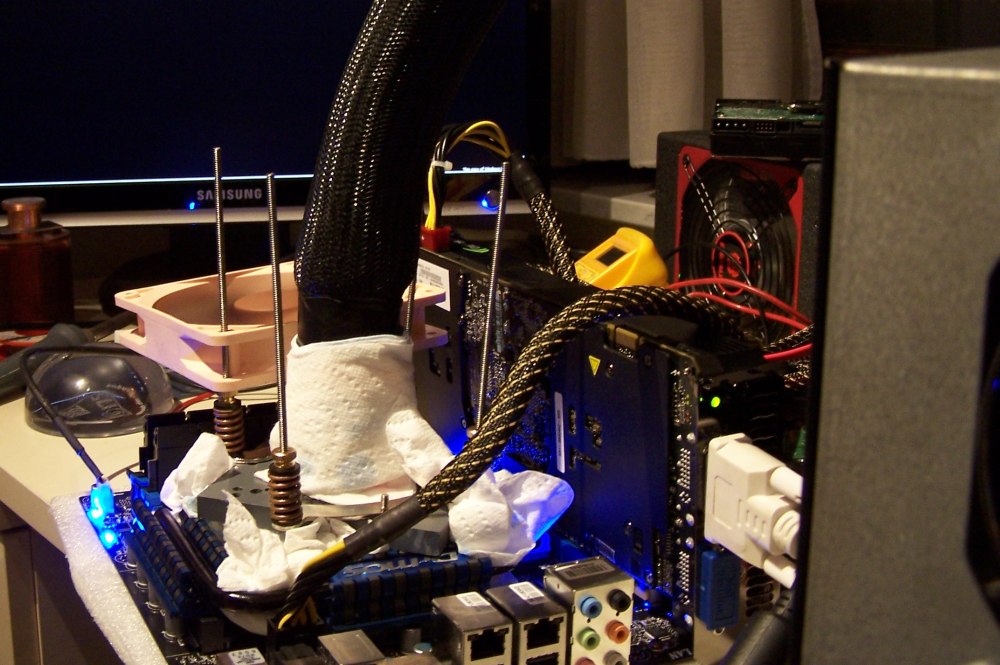 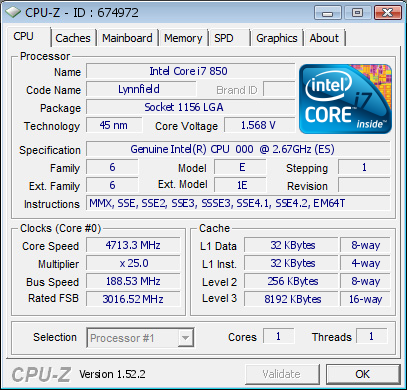 Link: http://valid.canardpc.com/show_oc.php?id=674972 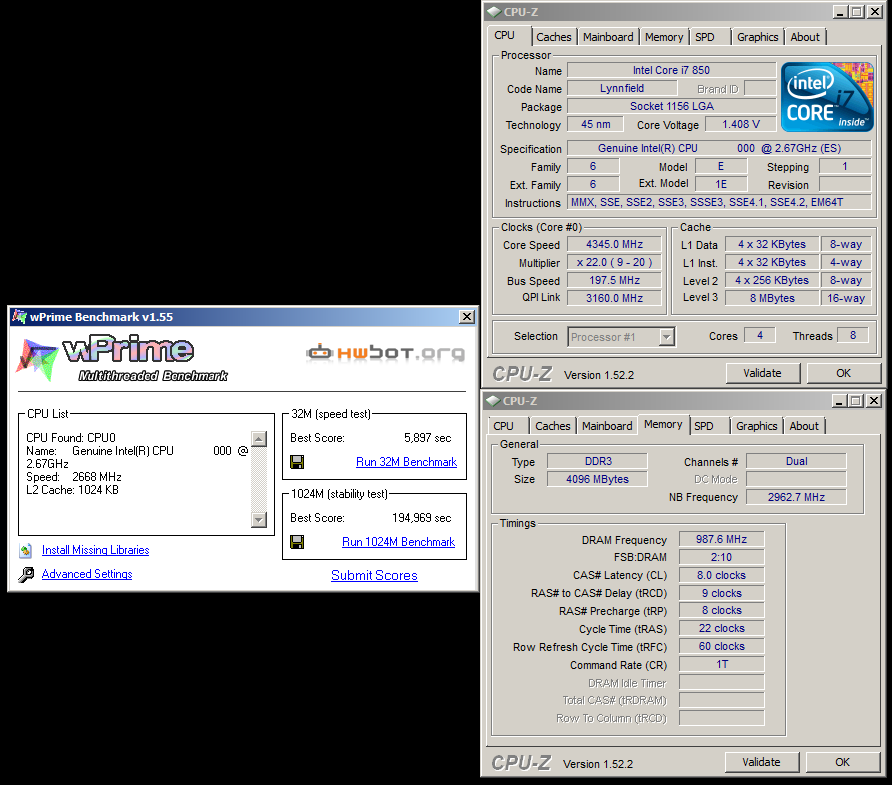 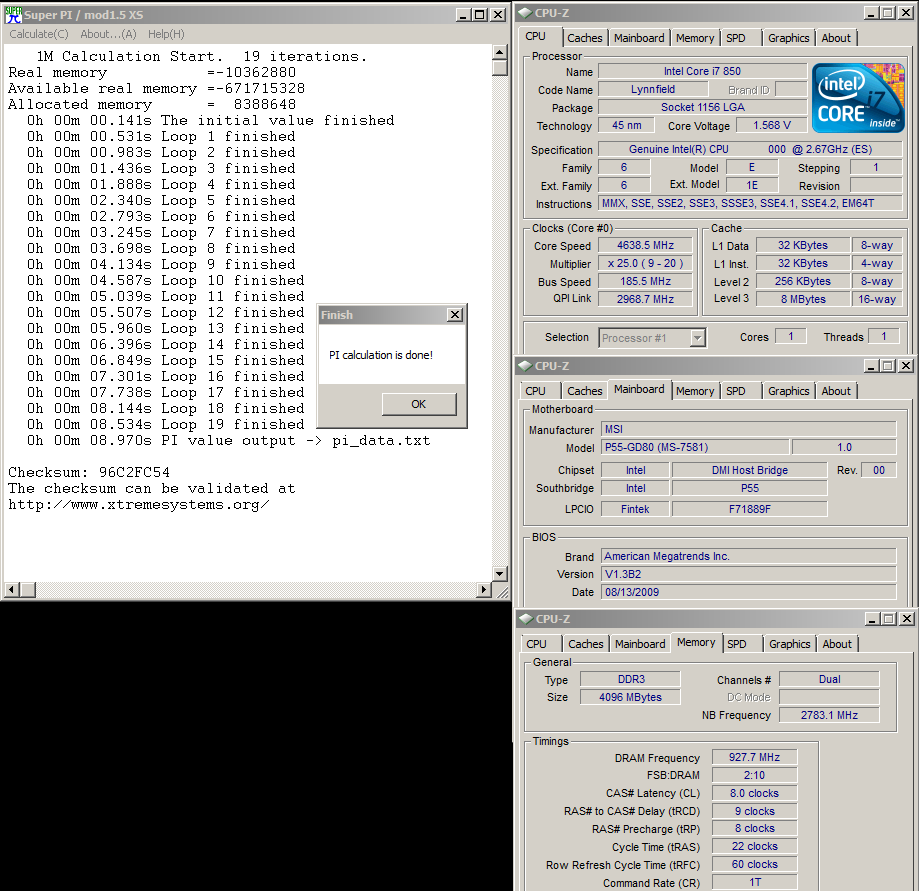 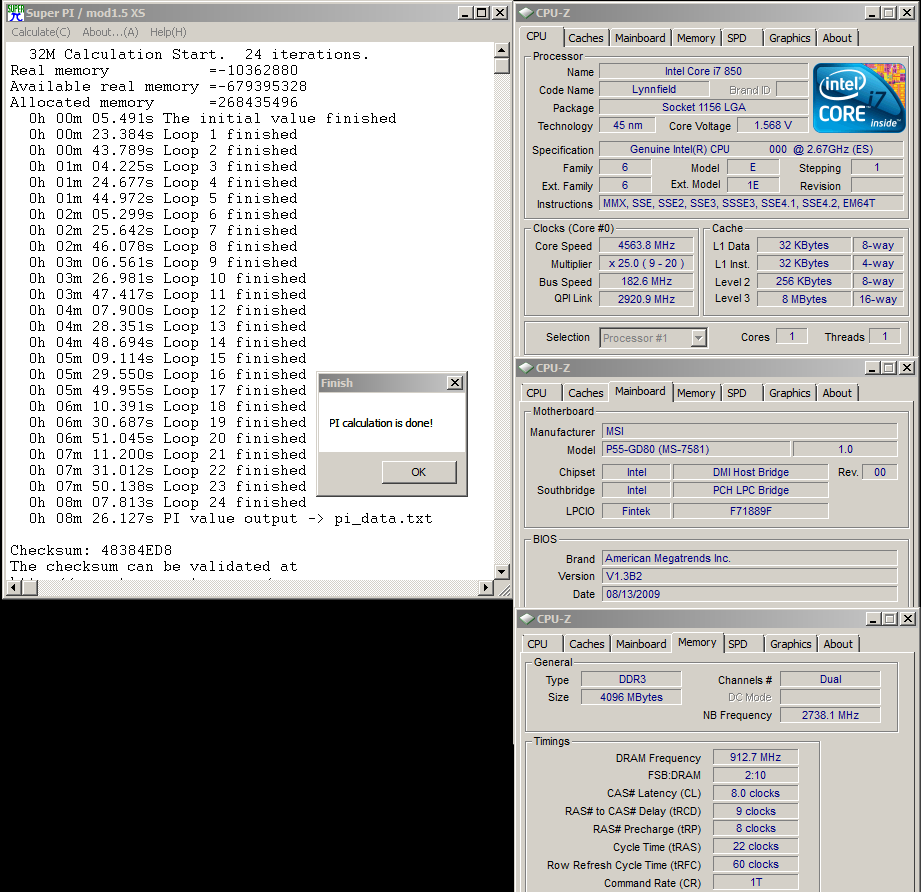 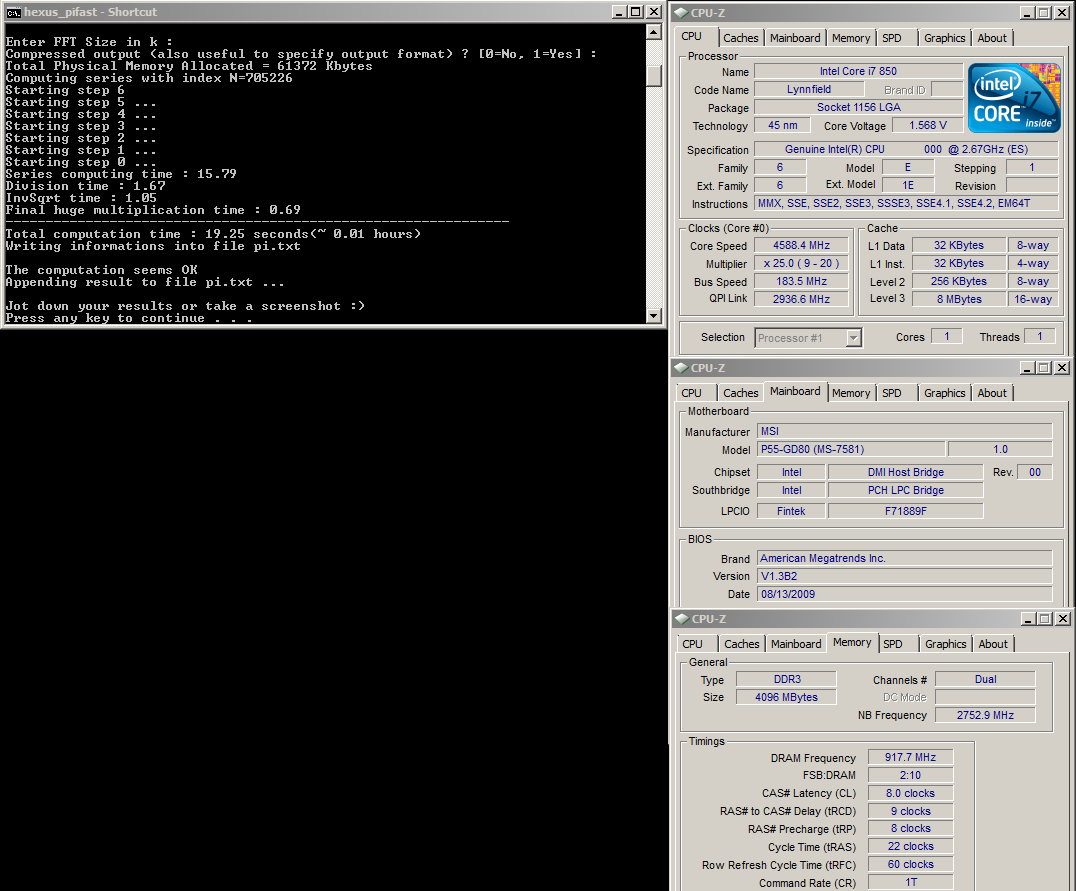  |
| All times are GMT +1. The time now is 02:55. |
Powered by vBulletin® - Copyright ©2000 - 2024, Jelsoft Enterprises Ltd.
Content Relevant URLs by vBSEO